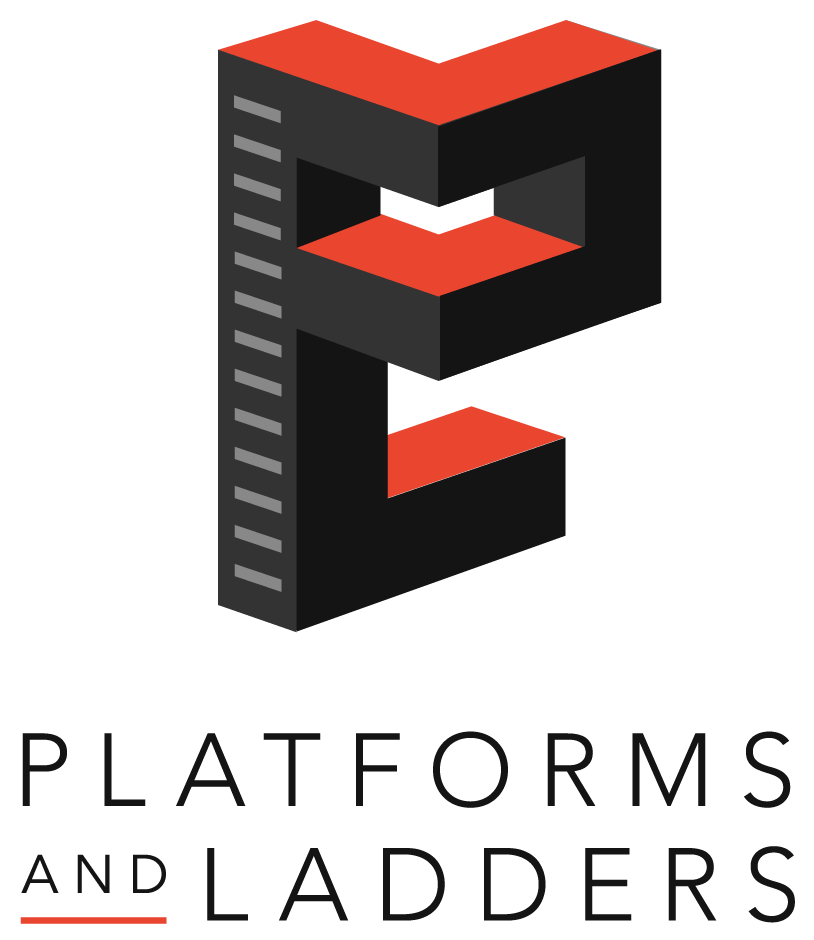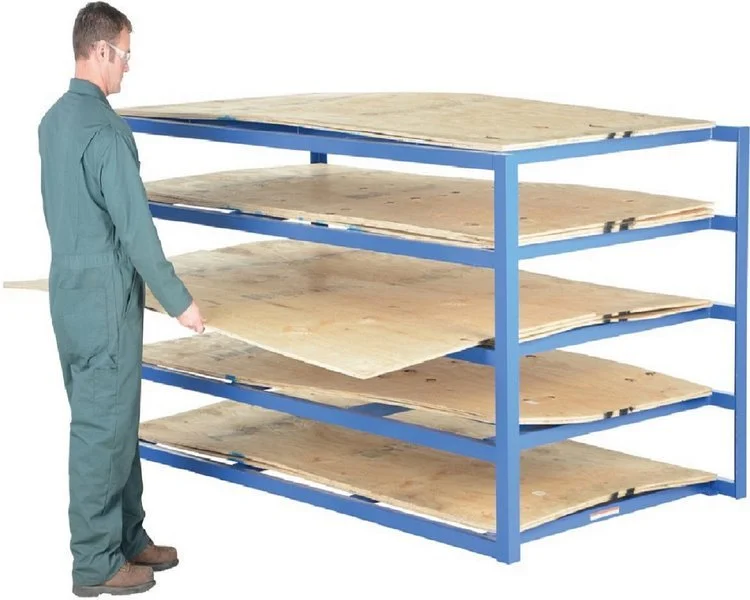While there are many benefits of a work platform, they all pretty much fit into three main benefit categories. The three main categories are safety, productivity and monetary. These three main categories are intertwined with each other. Working safely, in the long run, increases productivity due to less time loss due to injuries. Increased productivity generally means less cost per unit of output. A lesser cost per unit of output generally results in monetary gains. Monetary gains, in turn, allow for a larger safety budget. Accordingly, each of the main categories of the benefits of using a work platform has an impact on the other two categories.
Safety Benefits
Work platforms are a great safety solution for workers that need to regularly access an above ground location. Without the use of a work platform, a worker may resort to an unacceptable practice that leads to an injury or possibly even death. For example, a worker may, instead of going to get a rolling ladder from a storage location, use a nearby chair or table for access to an elevated location. In doing so, the table or chair may tip and the worker falls and suffers an injury. If a dedicated work platform is in place, there is no need for the worker to go get a rolling ladder and hence, no temptation to use a chair or table.
Work platforms are made to industry standards, so they are easy to use and have built in safety features. Typical work platform built in safety features may include handrails, mid-rails, toe boards, special treads, gentle stairway inclines, removable chains at the top and bottom of stairways, special areas dedicated for tools and bright colored paint.
Safety training in the use of work platforms will benefit businesses in the long run because, even though they are typically safe, they can still lead to injuries.
Productivity Benefits
Work platforms are great for improving productivity. Consider, for example, the situation shown above where the worker has to go get a rolling ladder from a storage area in order to access an elevated location.
Productivity time is lost while the worker goes to get the ladder. More time is lost as the worker moves the ladder to the location for which he needs it. After performing the task, more time is lost when the worker returns the ladder to the storage location. There is also the added possibility of “chit chat” with another worker during the movement of the ladder to and from the storage location.
If the worker had a dedicated work platform to access the elevated location, the time it took to go to the rolling ladder’s storage location, the time it took to move the rolling ladder to the work location and the time it took to return the rolling ladder to the storage location would be saved. At the same time, the possibility of employee “chit chat” is greatly reduced.
Monetary Benefits
In most jobs, time is money and the use of work platforms may save money by improving speed, efficiency and safety. Work platforms are not only convenient and safe, but time spent on risk assessments and time spent on other equipment, such as scaffolding or rolling ladders, may also be reduced. The use of work platforms may also require less staff and thus saving on labor costs are realized. Of course, monetary savings due to injury reduction or elimination must be considered and can be measured in the tens of thousands of dollars.































